Paint on Paper
WILLIAM HALSEY AT THE GEORGE GALLERY
by Emily Reyna
If you’ve been in Charleston for any length of time, you’ve heard the name William Halsey. Most know his name by our very own Halsey Institute of Contemporary Art. But what does the Halsey name mean to Charleston, and why is it so evergreen to our arts community?
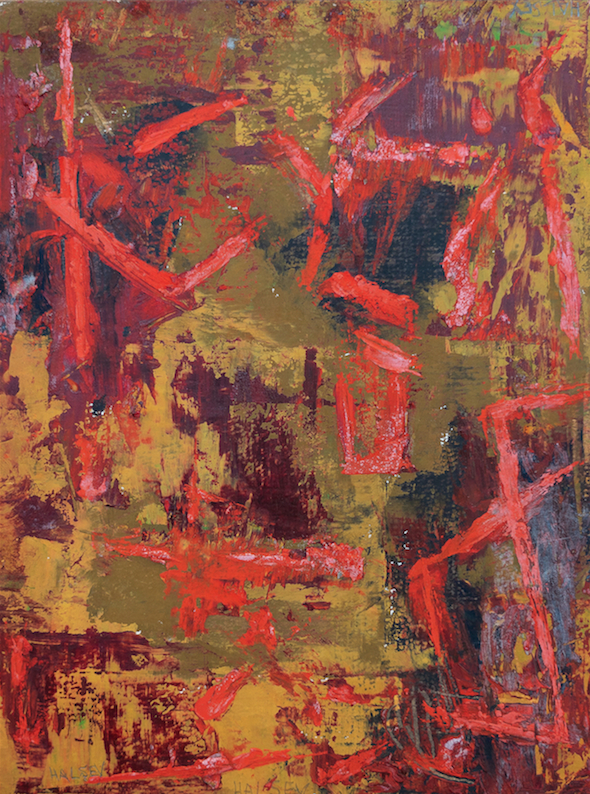
William Halsey, Red Lines on Brown, oil on paper, 12 x 9″
Born a Charlestonian in 1915, Halsey studied under Charleston greats like Elizabeth O’Neill Verner, who pioneered the Charleston Renaissance. Even though Halsey was born and died in the same city, he was not in South Carolina his entire life. After graduating college from the School of the Museum of Fine Arts in Boston, Halsey went to Mexico in 1939 after being awarded the James William Paige Fellowship, which ended up greatly influencing his work.
“He was supposed to go to Europe, but with the impending outbreak of World War II, he went to Mexico City instead,” explains Anne Siegfried, owner of The George Gallery, where his work is represented. “His friends in New York were influenced by the European artists there while Halsey was inspired by Pre-Columbian Aztec shapes instead.”
Having a successful art career via New York City was something Halsey was encouraged to do, as so many artists are even today. Friend and fellow abstract expressionist Jasper Johns was one of the driving forces in attempting to convince Halsey to establish his career there. But Halsey returned to Charleston, where he started his family, taught younger artists at the Gibbes Museum of Art, and eventually launched the Studio Art program at the College of Charleston as the first art instructor in 1965.

William Halsey, Untitled Red, oil on paper, 15 x 11″
By staying in Charleston, Halsey cultivated an appetite for abstract art when it was still a new, unexplored frontier. Where Verner, his predecessor, was one of the leading voices of the time during the Charleston Renaissance, Halsey expanded on this traditional knowledge of the fundamentals into non-objective painting.
“Abstract painting has the same elements you would find in any form of painting,” explains Siegfried. “A functioning composition and an understanding of color theory—Those things are just as important in the traditional as they are in abstract art.”
You’re able to get a first-hand look at Halsey’s work at The George Gallery, May 23 through June 22. Siegfried is showcasing smaller works on paper from his estate in a show entitled Paint on Paper to coincide with the opening of the Spoleto Festival USA.
“They’re all kinds of little jewels, heavy on medium with rich colors,” says Siegfried, describing his work. “He understood color and shape so well you can just dive into his pieces. These were later periods in his life. He knew what he was doing at this point as a modern master in abstract art; he wasn’t trying to figure it all out.”
You can expect to see a selection of mixed media work from the 1980s and 1990s, right before his death in 1999. His mediums are evident with gestural marks of oil pastel and oil stick. It isn’t obvious looking at the framed work hanging in the gallery, but turn over any one of Halsey’s works on paper and it reveals multiple pencil inscriptions scribbled on the back. “His creative process was very fluid,” says Siegfried as she turns over an oil pastel work by Halsey in the back room of her gallery. “He often changed the orientation of the piece, realizing later that it was meant to be displayed the other way around—or changing titles of pieces, while listing out the medium and year he completed the work.”
In the same way that Halsey spearheaded abstract art in the Lowcountry in the early to mid 1900s, so too does Spoleto today. “I think there was a direct relationship between what Halsey did for Charleston and what Spoleto has done for Charleston,” Siegfried points out. “Halsey was the avant-garde painter in Charleston. He was represented in New York by the Bertha Schaefer Gallery during the late 1940s through the early 1950s, which really represented a connection to modern expressionist art going on in New York City that was being brought to Charleston. That’s kind of what Spoleto does, it brings us the best of what’s happening in New York or Europe. It’s our connection to what is happening in the arts, and we get to just sit here and enjoy.”
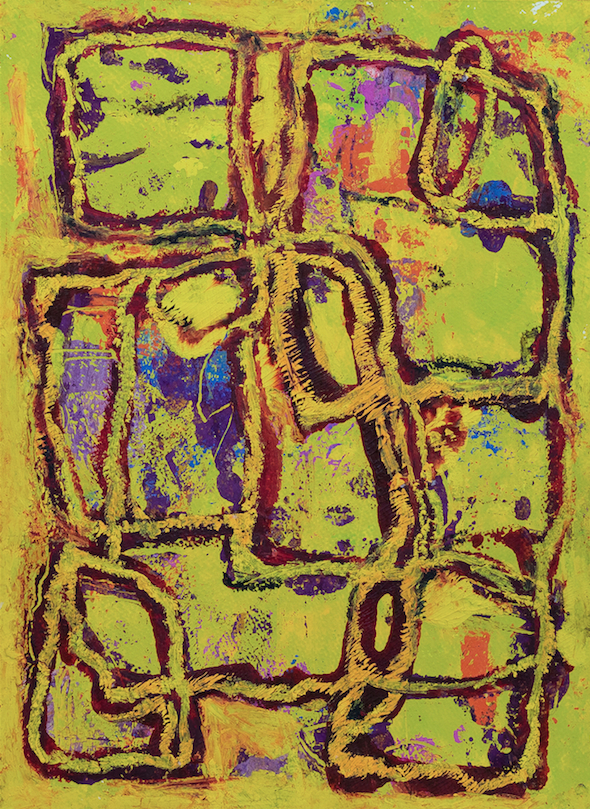
William Halsey, Untitled Yellow, oil on paper, 15 x 11″
A good piece of art should make you feel something Siegfried often says, and when these works were created in the 1990s, they let people feel and explore something new. Charleston was his muse then, and he continues to be ours today.
PAINT ON PAPER
featuring William Halsey
May 23 – June 22
The George Gallery | 54 Broad St, Charleston
![]()
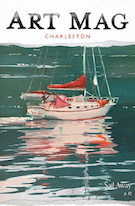
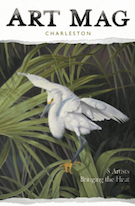
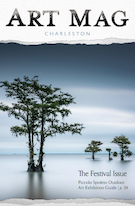

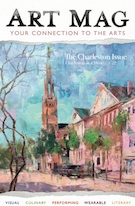
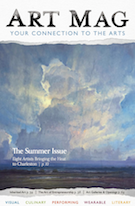







Comments (0)
No comments yet
The comments are closed.